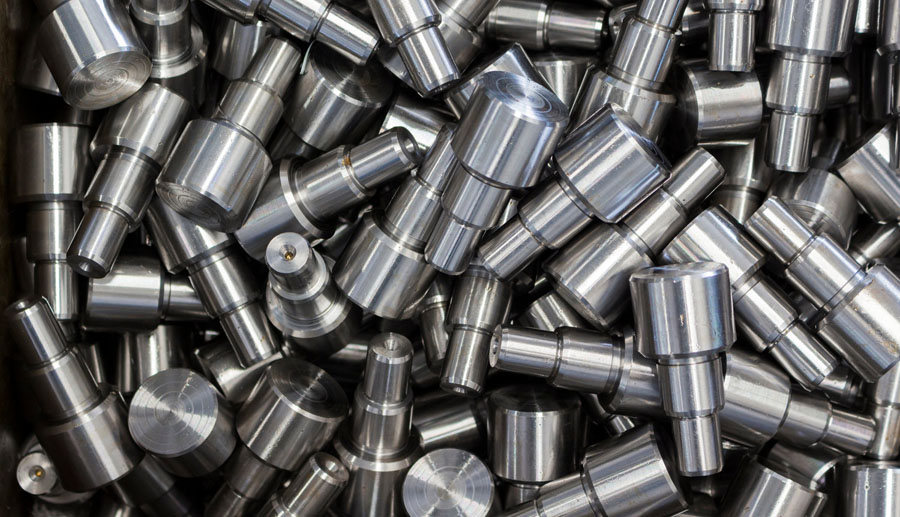Use the right kind of thread to make it simple and reliable. Therefore, it is important to understand the various threads used to install connections.
There are two main types of threads, parallel threads and tapered threads. Parallel threads have parallel profiles, maintaining the same diameter throughout the part. Tapered threads taper with the thread profile and decrease in diameter as the part moves down.
The types of parallel threads are BSSP, UN, and Metric Parallel. BSPT, NPT, NPTF, and Metric Taper are types of tapered threads.
What Is Screw Thread?
Threads are ridges that cover around cylinders and cones. Its function is to convert between rotary motion and linear motion. The helical structure is essential for the conversion process. They are a feature in screw machines and threaded fasteners. The mechanical advantage of a thread depends on the lead. Due to the similar profiles, the straight thread diameter remains the same. The tapered thread diameter becomes smaller due to the thread profile.

Geometric Parameters of The Thread
Now take the external thread of a cylindrical common thread as an example to illustrate the main geometric parameters of the thread:
1. Major Diameter d
The maximum diameter of the thread, that is, the diameter of the imaginary cylindrical surface that coincides with the thread crest, and is designated as the nominal diameter in the standard
2. Minor Diameter d1
The minimum diameter of the thread, that is, the diameter of the imaginary cylinder that wants to coincide with the thread bottom, which is often used as the calculated diameter of the dangerous section of the screw in the strength calculation.
3. The Middle Diameter d2
The diameter of the imaginary cylindrical surface where the grooves and protrusions on the inner tooth profile of the thread are equal in width, which is similar to the average diameter of the thread, d2 ≈ (d+d1)/2. The pitch diameter is the diameter that determines the geometrical parameters of the thread and the properties of the fit.
4. The Number Of Lines n
The number of helixes of the thread. A thread formed along one helix is called a single-thread thread; a thread formed along two or more equidistant helixes is called a multi-thread thread. Commonly used connecting threads require self-locking, so single-thread threads are mostly used; transmission threads require high transmission efficiency, so double-thread or single-thread threads are mostly used. In order to facilitate the manufacture, the number of wires n≤4 is generally used.
5. Pitch P
The distance between the corresponding points on two adjacent tooth shapes of the thread.
6. Lead S
The distance of the axis moved by any point on the thread along the same helix for one revolution. Single-thread thread S=P; multi-thread thread S=nP.
7. Thread Lift Angle φ
The angle between the tangent of the helix and the plane perpendicular to the thread axis. At different diameters of the thread, the lead angle of the thread is different, and its expanded form is shown in the figure. Usually calculated at the pitch diameter d2 of the thread.
8. Tooth Angle α
The angle between the two sides of the thread tooth in the cross section of the thread shaft. The angle between the side of the thread profile and the vertical plane of the thread axis is called the flank angle, and the flank angle of the symmetrical profile is β=α/2.
9. Contact Height h
The radial height of the contact surface after the internal and external threads are screwed together.
In product design, the application of different types of threads is considered. Using different thread types and thread processing methods for products of different materials, and using professional testing to control the quality, will provide you with the appropriate strength and ensure better performance in various applications.


